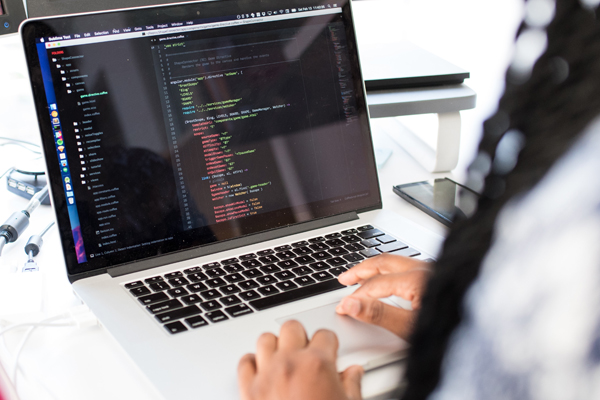New research shows that most employees are experimenting with AI and growing their skills.
The latest 2024 Work Trend Index, joint report on the state of AI at work from Microsoft and LinkedIn titled, AI at work is here. Now comes the hard part, shows how, just one year in, AI is influencing the way people work, lead and hire around the world. The research – based on a survey of 31,000 people across 31 countries – found that the use of generative AI at work has nearly doubled in the past six months, with 75% of knowledge workers now using AI at work.
LinkedIn is seeing a significant increase in professionals adding AI skills to their profiles. And most leaders say they wouldn’t hire someone without AI skills. But with many leaders worried their company lacks an AI vision, and employees bringing their own AI tools to work, leaders have reached the hard part of any tech disruption: moving from experimentation to tangible business impact.
IMPACT OF AI ON WORK
“AI is democratising expertise across the workforce,” shared Satya Nadella, Chairman and CEO of Microsoft. “Our latest research highlights the opportunity for every organisation to apply this technology to drive better decision-making, collaboration — and ultimately business outcomes.”
The report highlights three insights every leader and professional needs to know about AI’s impact on work and the labour market in the year ahead.
1. Employees want AI at work — and won’t wait for companies to catch up.
Seventy-five percent of knowledge workers now use AI at work. Employees, many of them struggling to keep up with the pace and volume of work, say AI saves time, boosts creativity, and allows them to focus on their most important work. But although 79% of leaders agree AI adoption is critical to remain competitive, 59% worry about quantifying the productivity gains of AI and 60% say their company lacks a vision and plan to implement it. So, employees are taking things into their own hands. 78% of AI users are bringing their own tools to work – Bring Your Own AI (BYOAI) – missing out on the benefits that come from strategic AI use at scale and putting company data at risk. The opportunity for every leader is to channel this momentum into business impact at scale.
2. For employees, AI raises the bar and breaks the career ceiling.
Although AI and job loss are top of mind for many, the data offers a more nuanced view – one with a hidden talent shortage, employees eyeing a career change, and massive opportunity for those willing to skill up on AI. A majority of leaders (55%) are concerned about having enough talent to fill roles this year with leaders in cybersecurity, engineering and creative design feeling the pinch most. And professionals are looking. Forty-six percent across the globe are considering quitting in the year ahead – an all-time high since the Great Reshuffle of 2021.
A separate LinkedIn study found US numbers to be even higher with 85% eyeing career moves. Although two-thirds of leaders (66%) wouldn’t hire someone without AI skills, only 39% of users have received AI training from their company and only 25% of companies expect to offer it this year. So, professionals are skilling up on their own. As of late last year, we’ve seen a 142x increase in LinkedIn members adding AI skills like Copilot and ChatGPT to their profiles. Additionally, a 160% increase in nontechnical professionals using LinkedIn Learning courses to build their AI aptitude. In a world where AI mentions in LinkedIn job posts drive a 17% bump in application growth, it’s a two-way street. Organisations that empower employees with AI tools and training will attract the best talent, and professionals who skill up will have the edge.
3. The rise of the AI power user — and what they reveal about the future.
Four types of AI users emerged in the research. They include skeptics who rarely use AI to power users who use it extensively. Compared to skeptics, AI power users have reoriented their workdays in fundamental ways, reimagining business processes and saving over 30 minutes per day. Over 90% of power users say AI makes their overwhelming workload more manageable and their work more enjoyable, but they aren’t doing it on their own. These users are 61% more likely to have heard from their CEO on the importance of using generative AI at work, 53% more likely to receive encouragement from leadership to consider how AI can transform their function, and 35% more likely to receive tailored AI training for their specific role or function.
AI REDEFINING WORK
“AI is redefining work, and it’s clear we need new playbooks,” added Ryan Roslansky, CEO of LinkedIn. “It’s the leaders who build for agility instead of stability and invest in skill building internally that will give their organisations a competitive advantage and create more efficient, engaged and equitable teams.”
Microsoft also announced new capabilities in Copilot for Microsoft 365 to help people get started with AI; and LinkedIn has made more than 50 learning courses free for LinkedIn Premium subscribers designed to empower professionals at all levels to advance their AI aptitude.
Read the full report ‘AI at work is here. Now comes the hard part’ here.








































